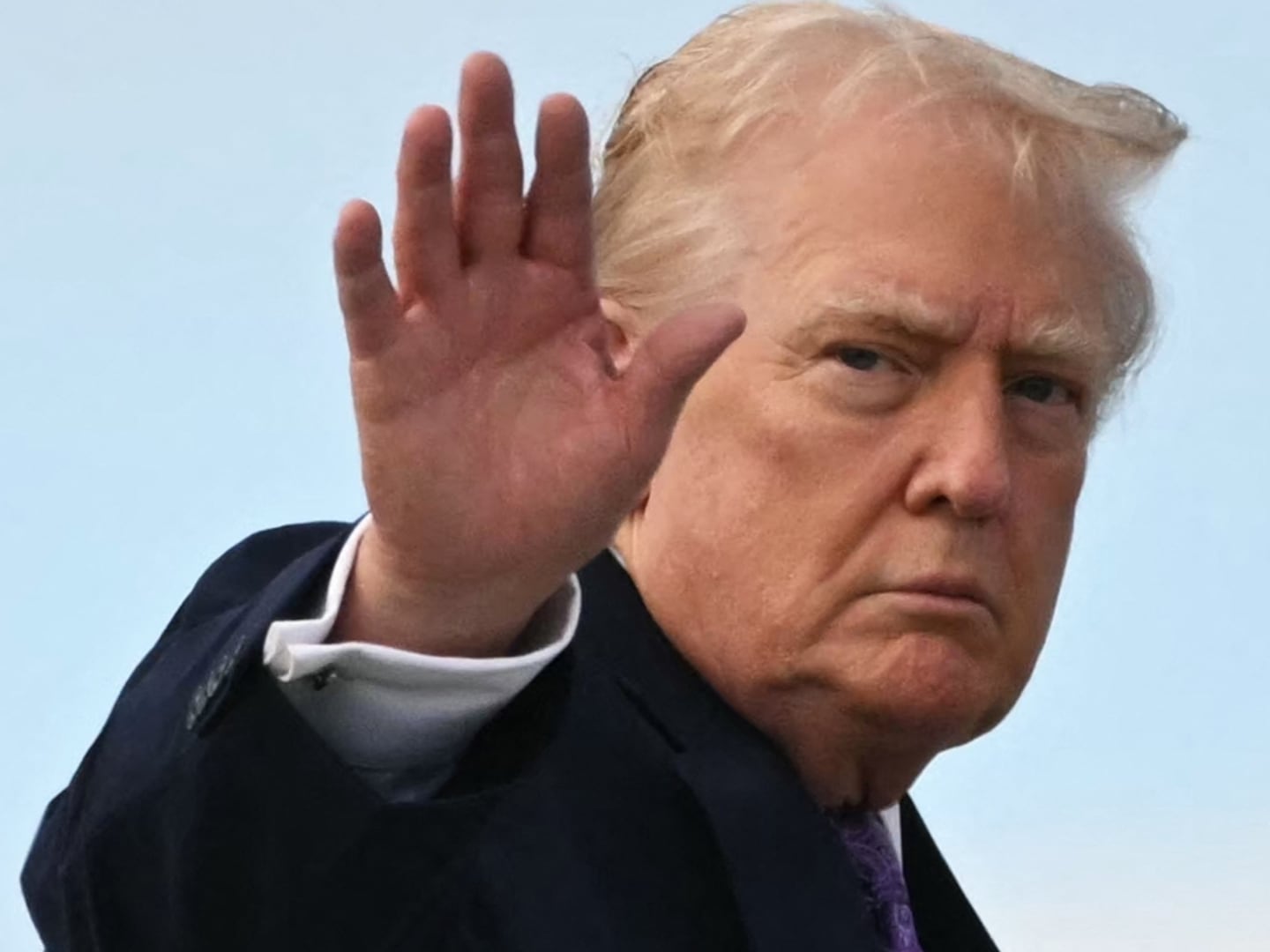On Dec. 21, 2011, a group of nine leaders from the Turkman tribe gathered in the tiny Syrian village of Turkman Barih outside Aleppo, near the Turkish border. They had a fateful decision to make. One of their own from the same village, former minister of defense Imad Hassan Turkmani, had reached out to them on behalf of the Assad government to negotiate an agreement for their loyalty, with an attractive offer of guns and money on the table. “Some were saying, 'Let's tell them what they want to hear and take what they're offering, but keep protesting anyway,' ” said one man present at the meeting. “But I said this was a bad idea, because then the regime will have an excuse to start coming after us, saying we're armed gangs and terrorists with weapons.” Ultimately, he said, they refused the offer. Regime officials told them they would regret the decision. Though they began to see checkpoints on their streets, their students kicked out of university, and heating oil withheld from the town, they continued to refuse.
Aleppo for months has been derided as a bastion of regime support by antigovernment protesters throughout the rest of the country. It is a perplexing irony; in an uprising consistently cast as a battle for sectarian supremacy, there has been only a long silence in Syria's second-largest and most homogeneously Sunni of cities. That quiet was shattered on Friday morning, when two enormous explosions rocked the city center outside security forces' buildings. Government media broadcast images of disemboweled corpses and accused “terrorists” of killing 28 people, while opposition figures accused the government of staging it. Western diplomatic and intelligence sources speculated that former Iraq insurgents were getting involved, and the leadership of the Turkey-based Free Syrian Army (FSA) sent mixed and confusing signals about whether or not it had been present at the time. Even after the dust settled, the culprit, like the city itself, remained an enigma.
In the suburbs lining Aleppo's outskirts, however, a clearer picture of slipping government support has begun to take shape, emulating the dynamic that took shape months ago in Damascus. At the time of the meeting in Turkman Barih, the revolution was just beginning to take off in the suburbs, according to Abo Majd, 30, a fabric trader in the suburb of Marae. “People wanted to protest from the start, but they were scared. When they did go out, they covered their faces with scarves for fear of being identified,” he said. “They're still scared in the city, but people in the rif [outskirts] are all pro-revolution now. That meeting happened because the regime was worried that all the villages were starting to go out, with protests getting bigger and bigger. Because Turkman Barih started earlier than the others, they considered it like a spark that could light up the whole area.” They had reason for concern. At the time of the Turkman Barih meeting in December, the number of neighborhoods seeing protests was at about 13. This past Friday, it surged to 109. As security forces began using live ammunition to shut them down, leaving aside the restraint they'd previously exercised in Aleppo, the first mass cases of protester casualties began at the end of January, with nine reported dead on Jan. 27 in Marjeh, a tribal neighborhood inside the city proper, and another eight the following week. That same day, rebels in Tal Rifaat blocked the main highway linking Aleppo to Turkey.

Sharp increase though that may be, the forces that have kept the city quiet for the past 11 months have hardly stopped tugging. For one, a trading hub since the Silk Road days, Aleppo is home to the country's merchant and manufacturing elite, who benefited from the regime's protectionist economic policies and, more recently, trade agreements with Turkey. Perhaps more importantly, since that wealth was highly concentrated, the city remains scarred by its experience in the late 1970s and early 1980s, when it became the battleground for the violent struggle between the Sunni Islamist movement of the Muslim Brotherhood and the minority Alawi-led regime of Hafez al-Assad.
Those fissures were exacerbated by the tribal divisions that structure rif society in the north. “This is a big tribal area, and it used to be that the tribes didn't have very good relations with each other,” said Abo Majd, who hails from the Turkman tribe. Young men, less defined by those divisions, have tried to overcome them, he added, but many tribal leaders remain open to the regime's overtures. As a result, unlike the sites of other violent clashes throughout the country, in Aleppo the regime has divided and conquered along tribal lines, recruiting and arming its shabiha via tribes like the Baqqara and Beitberri, he said. That the shabiha of Aleppo are Sunni is not insignificant. Without Alawi neighborhoods, there have been none of the sectarian tit-for-tats near Aleppo that have driven escalations between rival militias in places like Homs and Jabal al-Zawiya. By comparison, government crackdowns have been light. In addition, unlike their Alawi counterparts, Aleppo shabiha's reasons for participating in the crackdown are neither existential nor ideological. “As their funding disappears, the shabiha are finding it less and less worthwhile to go to the streets,” said activist Ghassan Yasin, 35, sitting across the border in Turkey after fleeing in mid-December following two arrests for organizing protests in Aleppo. In late January, M.P. and Sheikh Nawaf al-Bashir, whose million-strong Baqqara tribe extends from Deir al-Zour to Aleppo, defected and fled to Turkey, saying he was forced to praise Bashar al-Assad's government on state TV with a gun pointed at his head.
The shift may have something to do with the buildup in the past two months of military defectors, calling themselves the Ababil Brigade of the Free Syrian Army. According to spokesman Ammar al-Wawi, based in Syria, there is coordination between the FSA and various tribal leaders, specifically the Mowali, Tai, and al-Na'im in Aleppo. “We are present in Aleppo, but for the safety of our people we don't launch extensive operations there. We don't want to provide an excuse for the military to go to Aleppo," he said. The level of organization in their hierarchy remains suspect. When asked to whom they report directly, spokesman al-Wawi said he receives orders from both FSA leader Riad al-Asaad in Turkey and other unspecified brigades inside Syria. But they have carried out attacks with precision. In a YouTube video posted Friday, Capt. Mamoun Kalas formally announced the establishment of Free Syrian Army activity in and around Aleppo. The level of organization in their heirarchy remains suspect. Asked to whom they report directly, al-Wawi said he receives orders from both FSA leader Riad al-Asaad in Turkey and other unspecified brigades inside Syria. He declined to disclose the size of the force, saying he could not discuss logistics. But they have carried out attacks with precision.
Earlier this week, Free Syrian Army forces tracked a car carrying weapons and military security forces toward A'zaz village for a crackdown, killing the six men inside and confiscating their weapons, said Abo Majd, who helped to pass along logistical information. Last month, he added, a shabih from his neighborhood told him he'd been grabbed from his car by the FSA as they followed him home from a protest crackdown at the university dorms. They took him to Tal Rifaat north of Aleppo for five hours, interrogated him, stomped on his hands, and shaved his head, as is customary with prisoners in Syrian jails, then let him go with a warning. When Abo Majd saw him, he had bruises on his hands. Wawi confirmed that such attacks were taking place. “The Free Syrian Army has now moved from the step of defending demonstrations on to attacking the militias that are bombing civilians,” said Wawi when asked about the kidnapping reports. “Everyone standing on the side of a demonstration reporting to the authorities about it is now a target for the FSA. We have their names. We have their pictures. We are warning them. And we will target them.”
The result is a very different dynamic than the one Yasin left behind when he fled in mid-December. At the time, he saw scant evidence of mass shifts in sentiment or Free Syrian Army presence. Three weeks ago, though, “it exploded,” he said. The cause, he said, was that businessmen supporting the shabiha began to leave Aleppo, wary that the FSA had figured out at this point who was supporting the regime. “Aleppo is involved now,” he said. “Just like in Daraa, and then Homs, once it starts it never stops.” Last week, he received from activists in the suburbs various coordinating networks’ video clips showing thousands of people out in the streets. The shabiha were still there cracking down on demonstrators, he said. But this time, they were the ones covering their faces with scarves.
Rana Riziq is a pseudonym for a Syrian journalist.






